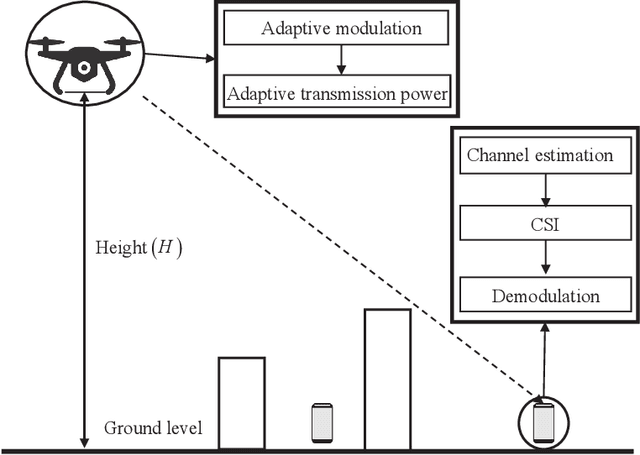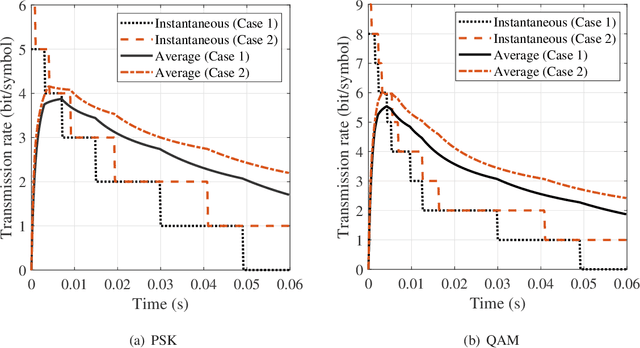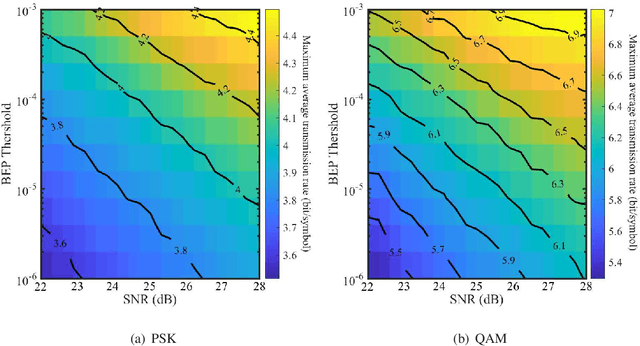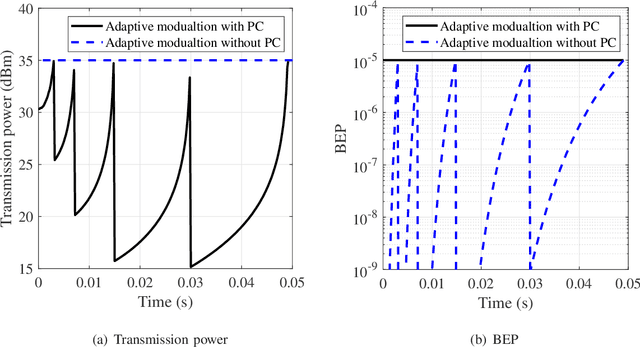Songjiang Yang
An Efficient Pre-Processing Method for 6G Dynamic Ray-Tracing Channel Modeling
Jan 06, 2025Abstract:The ray-tracing is often employed in urban areas for channel modeling with high accuracy but encounters a substantial computational complexity for high mobility scenarios. In this paper, we propose a novel pre-processing method for dynamic ray-tracing to reduce the computational burden in high-mobility scenarios by prepending the intersection judgment to the pre-processing stage. The proposed method generates an inter-visibility matrix that establishes visibility relationships among static objects in the environment considering the intersection judgment. Moreover, the inter-visibility matrix can be employed to create the inter-visibility table for mobile transmitters and receivers, which can improve the efficiency of constructing an image tree for the three-dimensional (3D) dynamic ray-tracing method. The results show that the proposed pre-processing method in dynamic ray-tracing has considerable time-saving compared with the traditional method while maintaining the same accuracy. The channel characteristics computed by the proposed method can well match to the channel measurements.
Adaptive Modulation for Wobbling UAV Air-to-Ground Links in Millimeter-wave Bands
Apr 13, 2022



Abstract:The emerging millimeter-wave (mm-wave) unmanned aerial vehicle (UAV) air-to-ground (A2G) communications are facing the Doppler effect problem that arises from the inevitable wobbling of the UAV. The fast time-varying channel for UAV A2G communications may lead to the outdated channel state information (CSI) from the channel estimation. In this paper, we introduce two detectors to demodulate the received signal and get the instantaneous bit error probability (BEP) of a mm-wave UAV A2G link under imperfect CSI. Based on the designed detectors, we propose an adaptive modulation scheme to maximize the average transmission rate under imperfect CSI by optimizing the data transmission time subject to the maximum tolerable BEP. A power control policy is in conjunction with adaptive modulation to minimize the transmission power while maintaining both the BEP under the threshold and the maximized average transmission rate. Numerical results show that the proposed adaptive modulation scheme in conjunction with the power control policy could maximize the temporally averaged transmission rate, while saves as much as 50\% energy.
Impact of Rotary-Wing UAV Wobbling on Millimeter-wave Air-to-Ground Wireless Channel
Jul 14, 2021



Abstract:Millimeter-wave rotary-wing (RW) unmanned aerial vehicle (UAV) air-to-ground (A2G) links face unpredictable Doppler effect arising from the inevitable wobbling of RW UAV. Moreover, the time-varying channel characteristics during transmission lead to inaccurate channel estimation, which in turn results in the deteriorated bit error probability performance of the UAV A2G link. This paper studies the impact of mechanical wobbling on the Doppler effect of the millimeter-wave wireless channel between a hovering RW UAV and a ground node. Our contributions of this paper lie in: i) modeling the wobbling process of a hovering RW UAV; ii) developing an analytical model to derive the channel temporal autocorrelation function (ACF) for the millimeter-wave RW UAV A2G link in a closed-form expression; and iii) investigating how RW UAV wobbling impacts the Doppler effect on the millimeter-wave RW UAV A2G link. Numerical results show that different RW UAV wobbling patterns impact the amplitude and the frequency of ACF oscillation in the millimeter-wave RW UAV A2G link. For UAV wobbling, the channel temporal ACF decreases quickly and the impact of the Doppler effect is significant on the millimeter-wave A2G link.
 Add to Chrome
Add to Chrome Add to Firefox
Add to Firefox Add to Edge
Add to Edge